Home>Articles>How Many Coats Of Polyurethane On Wood Countertops
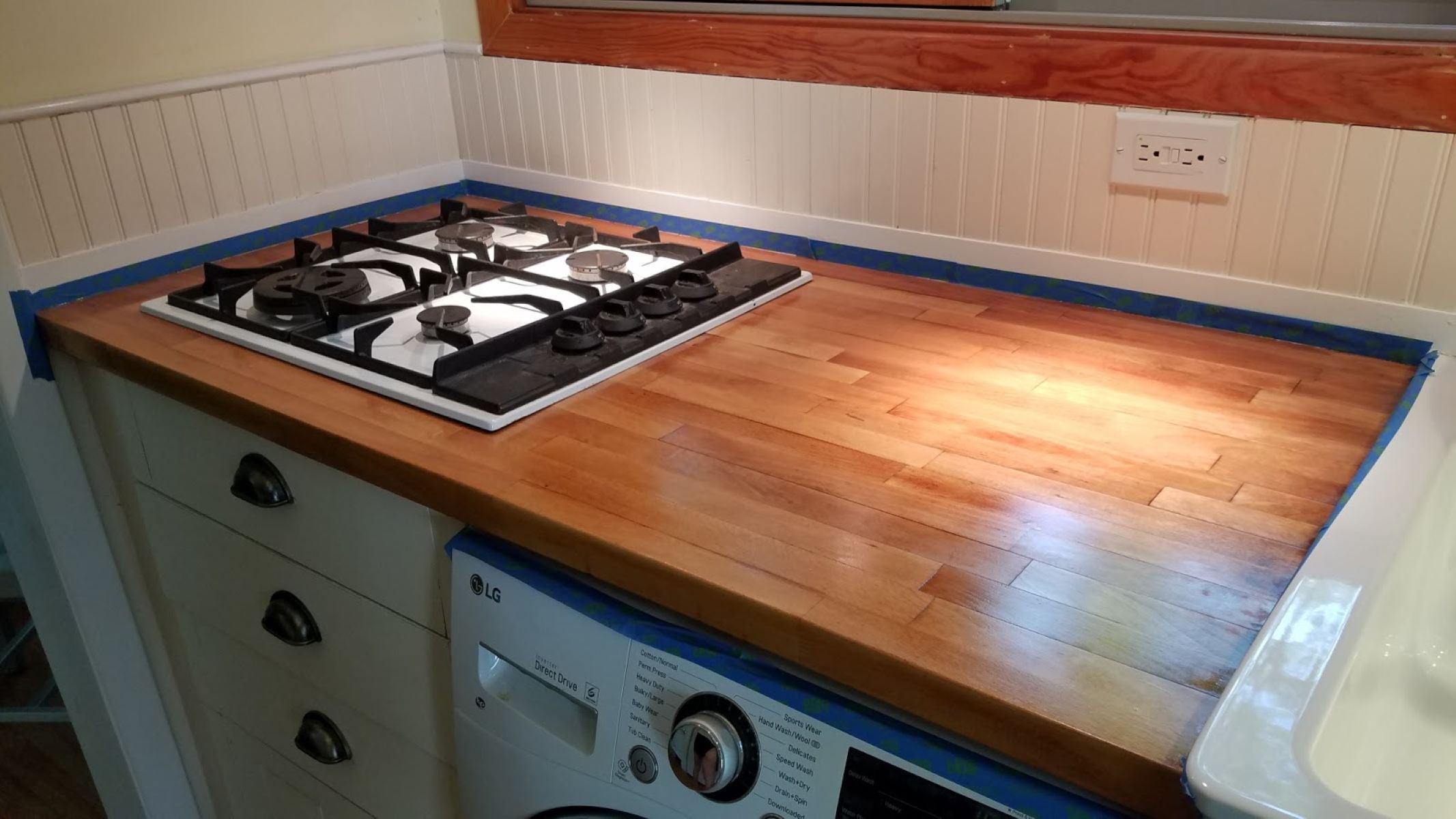

Articles
How Many Coats Of Polyurethane On Wood Countertops
Modified: October 20, 2024
Discover how many coats of polyurethane are recommended for wood countertops in this helpful article. Protect your surfaces and enhance their beauty with the right application technique.
(Many of the links in this article redirect to a specific reviewed product. Your purchase of these products through affiliate links helps to generate commission for Storables.com, at no extra cost. Learn more)
Introduction
When it comes to wood countertops, durability and longevity are essential. One effective way to protect the wood and enhance its appearance is by applying a coat of polyurethane. Polyurethane is a popular choice for sealing and finishing wood surfaces, providing a protective barrier against moisture, stains, and scratches.
But how many coats of polyurethane should you apply to your wood countertops? In this article, we will explore the benefits of using polyurethane, factors to consider before application, and provide a step-by-step guide on how to achieve a smooth and durable finish.
Before diving into the specifics, let’s first understand what exactly polyurethane is and why it is an excellent choice for wood countertops.
Key Takeaways:
- Applying 2-3 coats of polyurethane on wood countertops provides durable protection against moisture, stains, and scratches, while enhancing the natural beauty of the wood with a glossy or satin sheen.
- Proper surface preparation, thin and even application, and regular maintenance are crucial for achieving a smooth and long-lasting polyurethane finish on wood countertops, ensuring their beauty and durability for years to come.
Read more: How Many Coats Of Polyurethane On Floor
What is Polyurethane?
Polyurethane is a versatile synthetic material commonly used as a protective coating for various surfaces, including wood. It is created through a chemical reaction between polyols and isocyanates, resulting in a durable and flexible polymer.
Polyurethane comes in different formulations, such as oil-based and water-based. Oil-based polyurethane tends to provide a richer and deeper finish, while water-based polyurethane dries faster and has less odor. Both types offer excellent protection and enhance the natural beauty of wood.
The main purpose of applying polyurethane on wood countertops is to create a protective barrier that guards against moisture, stains, and scratches. This is especially important for surfaces that are exposed to high levels of use and potential spills, like kitchen countertops.
In addition to its protective properties, polyurethane also adds a glossy or satin sheen to the wood, enhancing its appearance and giving it a smooth, polished finish. It brings out the natural grain and color of the wood, elevating the overall aesthetic appeal of your countertops.
Moreover, polyurethane forms a hard and durable coating that can withstand the daily wear and tear, ensuring that your wood countertops remain in good condition for years to come. Its resistance to UV rays also helps prevent discoloration and fading caused by sunlight exposure.
Overall, polyurethane is an excellent choice for wood countertops due to its protective qualities, aesthetic enhancement, and longevity.
Benefits of Polyurethane on Wood Countertops
Applying polyurethane on wood countertops offers several benefits that make it a popular choice among homeowners and professionals alike. Let’s explore some of the key advantages:
1. Protection against moisture: Wood is susceptible to damage caused by moisture, such as warping, swelling, and rotting. Polyurethane creates a protective barrier that acts as a shield, preventing water penetration and extending the lifespan of your wood countertops.
2. Resistance to stains: Accidental spills are bound to happen in the kitchen. Polyurethane’s non-porous surface makes it resistant to stains, allowing for easy cleanup and preventing unsightly marks on your wood countertops.
3. Scratch resistance: Wood countertops are prone to scratches from knives, utensils, and other objects. Polyurethane provides a durable coating that helps minimize scratches and keeps your countertops looking pristine.
4. Heat resistance: Polyurethane can withstand moderate heat, making it suitable for kitchen countertops where hot pans and pots are placed. However, it is always advisable to use trivets or hot pads to protect the finish and avoid any potential damage.
5. Enhanced durability: With its hard and resilient nature, polyurethane adds a layer of protection that extends the lifespan of your wood countertops. It helps prevent wear and tear caused by daily use, ensuring that your countertops retain their beauty for years to come.
6. Easy maintenance: Polyurethane is relatively easy to maintain. Regular cleaning with a mild soap and water solution is usually enough to keep your wood countertops looking fresh. Avoid using harsh chemicals or abrasive cleaners, as they can cause damage to the polyurethane finish.
7. Aesthetic appeal: Polyurethane enhances the natural beauty of wood, bringing out its unique grain patterns and color variations. It adds a glossy or satin sheen, depending on your preference, creating an elegant and visually appealing surface.
8. UV protection: If your wood countertops are exposed to direct sunlight, polyurethane provides protection against UV rays. This helps prevent fading and discoloration, allowing your countertops to maintain their original appearance over time.
Overall, the benefits of using polyurethane on wood countertops extend beyond just protection. It adds durability, aesthetic appeal, and ease of maintenance, making it an excellent choice for enhancing the longevity and beauty of your wood surfaces.
Factors to Consider Before Applying Polyurethane
Before you start applying polyurethane to your wood countertops, there are several factors to consider to ensure a successful and long-lasting finish. Take these factors into account for the best results:
1. Type of wood: Different types of wood have varying characteristics, such as porosity and grain patterns. Some woods may require additional preparation or special techniques before applying polyurethane. Research and understand the specific requirements of your wood type to achieve the desired outcome.
2. Surface preparation: Properly preparing the surface is crucial for a smooth and even application of polyurethane. Sand the countertops to remove any roughness, blemishes, or previous finishes. Ensure the surface is clean and free of dust and debris before applying the polyurethane.
3. Ambient conditions: The temperature and humidity of your environment can impact the drying and curing process of polyurethane. Typically, it is recommended to apply polyurethane in a temperature-controlled room with low humidity. Avoid application in extreme hot or cold conditions, as it may affect the finish quality.
4. Number of coats: Determine the number of coats of polyurethane you want to apply based on the level of protection and the desired sheen. Multiple coats create a thicker and more durable finish. However, keep in mind that each additional coat requires additional drying time.
5. Application method: Consider the application method that suits your needs and comfort. You can use a brush, roller, or sprayer to apply polyurethane. Each method has its pros and cons, so choose the one you are most comfortable with and that provides a smooth and even application.
6. Product selection: There are various types and brands of polyurethane available in the market. Choose a high-quality polyurethane product that is specifically designed for wood surfaces. Consider factors such as durability, drying time, and gloss levels when selecting the right product for your wood countertops.
7. Ventilation: Proper ventilation is essential during the application and curing process of polyurethane. Ensure that you have adequate airflow in the area to help with drying and to disperse any fumes emitted by the polyurethane. Open windows, use fans, or work in well-ventilated spaces to promote air circulation.
8. Curing time: Polyurethane requires sufficient time to cure and harden properly. Follow the manufacturer’s instructions regarding the recommended drying and curing time. Avoid using or placing any objects on the countertops until the polyurethane has fully cured to prevent any damage to the finish.
Considering these factors before applying polyurethane will help you achieve a smooth, durable, and professional-looking finish on your wood countertops.
How Many Coats of Polyurethane are Recommended for Wood Countertops?
The number of coats of polyurethane recommended for wood countertops depends on several factors, including the desired level of protection, the type of wood, and personal preference for sheen. Generally, it is recommended to apply multiple coats for a durable and long-lasting finish.
For most wood countertops, a minimum of two to three coats of polyurethane is typically recommended. This ensures adequate protection against moisture, stains, and scratches. Applying multiple coats also helps build up a thicker and more robust layer of polyurethane for added durability.
Before applying additional coats, it is essential to allow each coat to dry completely. This ensures proper adhesion between the layers and prevents any trapped moisture or bubbles in the finish. Follow the manufacturer’s instructions for the recommended drying time between coats.
If you desire a higher level of sheen or gloss, you can apply additional coats of polyurethane. Each layer adds depth and enhances the appearance of the wood. However, keep in mind that each additional coat extends the overall drying and curing time.
Additionally, certain types of wood may require more coats of polyurethane due to their porous nature or specific characteristics. For example, hardwoods like oak or mahogany may benefit from an extra coat to achieve optimal protection and a desired finish.
Keep in mind that the thickness of each coat is also crucial. Apply thin and even coats of polyurethane to avoid drips, runs, or inconsistent coverage. This helps ensure a smooth and professional-looking finish.
Ultimately, the number of coats of polyurethane for your wood countertops depends on your personal preference, the specific requirements of the wood type, and the level of protection you desire. It is always a good idea to test a small, inconspicuous area before applying multiple coats to ensure satisfactory results.
Remember to follow the manufacturer’s instructions and guidelines for the specific polyurethane product you are using to achieve the best outcome for your wood countertops.
Apply at least 3 coats of polyurethane on wood countertops for durability and protection. Sand lightly between coats for a smooth finish.
Read more: How Many Coats of Polyurethane On Stairs
Step-by-Step Guide for Applying Polyurethane on Wood Countertops
Applying polyurethane on wood countertops is a straightforward process, but it requires attention to detail and proper technique to achieve a smooth and professional finish. Follow these step-by-step instructions to ensure a successful application:
1. Prepare the surface: Start by ensuring that the wood surface is clean, dry, and free of any dust or debris. Sand the countertops to remove any imperfections or previous finishes. Use a fine-grit sandpaper to create a smooth surface for the polyurethane to adhere to.
2. Protect the surrounding areas: Cover any nearby surfaces, cabinets, or appliances with plastic sheets or drop cloths to prevent any accidental overspray or drips from damaging them.
3. Stir the polyurethane: Before applying, thoroughly stir the polyurethane to ensure even distribution of the solids and solvents. Avoid shaking the can, as it can introduce bubbles into the mixture.
4. Choose your application method: Decide on the application method for the polyurethane. You can use a high-quality brush, a foam roller, or a sprayer. Brush application is often preferred for countertops, as it provides better control and coverage.
5. Apply the first coat: Dip the brush into the polyurethane and lightly tap it against the side of the can to remove any excess. Start applying the polyurethane from one corner of the countertop, working your way toward the other end in smooth and even strokes. Follow the wood grain to achieve a consistent finish.
6. Allow drying time: Let the first coat of polyurethane dry according to the manufacturer’s instructions. Typically, it takes about 6-8 hours for oil-based polyurethane and 2-4 hours for water-based polyurethane to dry. Ensure that the area is well-ventilated during the drying process.
7. Sand between coats: Once the first coat is dry, lightly sand the surface using fine-grit sandpaper. This helps create a smooth surface for the next coat to adhere to. Wipe away any dust with a tack cloth before moving on to the next step.
8. Apply subsequent coats: Repeat the process of applying polyurethane and allowing each coat to dry. Depending on the desired level of protection and sheen, you may apply two to three coats or more. Remember to sand lightly between each coat for optimal adhesion.
9. Final sanding and cleaning: After applying the final coat, allow the polyurethane to fully cure according to the manufacturer’s instructions. Once cured, lightly sand the surface one last time to remove any imperfections or bubbles. Clean the countertops thoroughly with a mild soap and water solution, followed by a dry cloth.
By following these steps and exercising patience, you can achieve a smooth and durable finish when applying polyurethane on your wood countertops. Regular maintenance and proper care will help prolong the life and beauty of your countertops.
Tips for Achieving a Smooth and Durable Finish
Here are some valuable tips to help you achieve a smooth and durable finish when applying polyurethane on your wood countertops:
1. Prepare the surface properly: Ensure that the wood surface is clean, smooth, and free of any dust or debris before applying polyurethane. Sand the countertops to remove imperfections or previous finishes, and wipe away any dust with a tack cloth.
2. Choose the right polyurethane: Select a high-quality polyurethane product that is specifically designed for wood surfaces. Consider factors such as durability, drying time, and level of gloss or sheen that you desire for your countertops.
3. Apply thin and even coats: Avoid applying thick coats of polyurethane, as they can lead to drips, runs, or an uneven finish. Apply thin and even coats using a high-quality brush or roller, following the wood grain for optimal coverage.
4. Sand between coats: Lightly sand the surface between each coat of polyurethane with fine-grit sandpaper. This helps create a smooth surface and ensures better adhesion between the layers. Wipe away any dust with a tack cloth before applying the next coat.
5. Allow sufficient drying time: Follow the manufacturer’s instructions for the recommended drying time between coats. Avoid rushing the process, as insufficient drying time can lead to an uneven or tacky finish. Ensure good ventilation in the area to promote faster drying.
6. Avoid overworking the polyurethane: Once you’ve applied the polyurethane, avoid going back over areas that have started to dry. This can disturb the finish and result in noticeable brush strokes or streaks. Work efficiently and cover each section before moving on.
7. Don’t shake the can: When stirring the polyurethane, it’s important to avoid shaking the can vigorously. This can introduce air bubbles into the mixture, which can create an uneven finish on the wood surfaces. Instead, stir the polyurethane gently to mix the content.
8. Protect the finish: Once the polyurethane has fully cured, take precautions to protect the finish from potential damage. Use cutting boards or trivets when placing hot objects on the countertops, and avoid using abrasive cleaners or harsh chemicals that can strip or scratch the polyurethane.
9. Maintain and clean regularly: To keep your polyurethane-finished wood countertops looking their best, clean them regularly with a mild soap and water solution. Avoid using abrasive scrubbers or harsh chemicals that can damage the finish. Wipe up spills promptly to prevent staining.
By following these tips, you can achieve a smooth and durable finish when applying polyurethane on your wood countertops. Proper preparation, application techniques, and maintenance will help protect and enhance the beauty of your countertops for years to come.
Frequently Asked Questions (FAQs)
1. How long does polyurethane take to dry?
The drying time of polyurethane varies depending on factors such as the type of polyurethane, ambient temperature, and humidity levels. Generally, oil-based polyurethane takes around 6-8 hours to dry, while water-based polyurethane dries in about 2-4 hours. It is essential to allow sufficient drying time before applying additional coats or using the countertops.
2. Can I apply polyurethane over an existing finish?
In most cases, it is possible to apply polyurethane over an existing finish, but proper preparation is crucial for a successful application. The surface should be clean, free of any loose or flaking finish, and lightly sanded to create adhesion. However, it is always best to test a small area first to ensure compatibility and satisfactory results.
3. Can I apply polyurethane to a butcher block countertop?
Yes, polyurethane can be applied to a butcher block countertop to provide protection and enhance its appearance. It is important to choose a food-safe polyurethane and follow the manufacturer’s instructions for application and curing. Additionally, proper maintenance and regular reapplication of the food-safe finish are recommended to preserve the surface integrity.
4. Is polyurethane waterproof?
Polyurethane forms a protective barrier that is resistant to water and can provide some level of waterproofing. However, it is important to note that polyurethane is not completely impervious to water. Prolonged exposure to standing water or excessive moisture can still penetrate and damage the wood. It is best to wipe up spills promptly and use trivets or cutting boards to protect the polyurethane finish.
5. How often should I reapply polyurethane on my wood countertops?
The frequency of reapplying polyurethane on wood countertops depends on various factors, including the level of usage, exposure to moisture, and wear and tear. As a general guideline, it is recommended to reapply polyurethane every 1-3 years or as needed. Regularly inspect the countertops for signs of wear, such as dullness, scratches, or water absorption. If the finish is compromised, it is time to recoat the surface.
6. Can I use polyurethane on outdoor wood countertops?
While polyurethane provides excellent protection for indoor wood surfaces, it is not recommended for outdoor use. Outdoor wood countertops are exposed to harsh weather conditions, UV rays, and fluctuating temperature and humidity levels. An outdoor-specific finish, such as marine varnish or an exterior-rated polyurethane, is more suitable for protecting outdoor wood surfaces from the elements.
Remember that it is always important to follow the specific instructions provided by the manufacturer of the polyurethane product you are using and take into consideration the unique characteristics of your wood countertops for the best results.
Conclusion
Polyurethane is a versatile and popular choice for protecting and enhancing wood countertops. By applying polyurethane, you can create a durable and beautiful finish that guards against moisture, stains, and scratches. It adds longevity and visual appeal to your wood countertops, making them a sustainable and stylish addition to your home.
When applying polyurethane, it is essential to consider factors such as the type of wood, surface preparation, ambient conditions, and the desired number of coats. Following a step-by-step guide and implementing tips for achieving a smooth and durable finish will help you achieve professional results.
Regular maintenance, including cleaning with mild soap and water and avoiding harsh chemicals or abrasive cleaners, will help preserve the quality and beauty of your polyurethane-coated wood countertops. Additionally, you may need to reapply polyurethane every few years or as needed, depending on usage and wear.
Remember to select a high-quality polyurethane product designed for wood surfaces and follow the manufacturer’s instructions for application and curing. Take care to protect the polyurethane finish from excessive moisture and heat, using trivets or cutting boards for hot objects.
Whether you’re renovating your kitchen or simply looking to enhance the lifespan and appearance of your wood countertops, applying polyurethane can be a worthwhile investment. It offers protection, beauty, and durability, ensuring that your wood countertops continue to impress for years to come.
Excited to tackle more home projects? Dive into our comprehensive guide on DIY home improvement. You'll find practical tips and creative ideas to transform your space without breaking the bank. Whether you're a seasoned DIYer or just starting out, this guide has something for everyone. Get ready to roll up your sleeves and bring your home to life with your own two hands!
Frequently Asked Questions about How Many Coats Of Polyurethane On Wood Countertops
Was this page helpful?
At Storables.com, we guarantee accurate and reliable information. Our content, validated by Expert Board Contributors, is crafted following stringent Editorial Policies. We're committed to providing you with well-researched, expert-backed insights for all your informational needs.
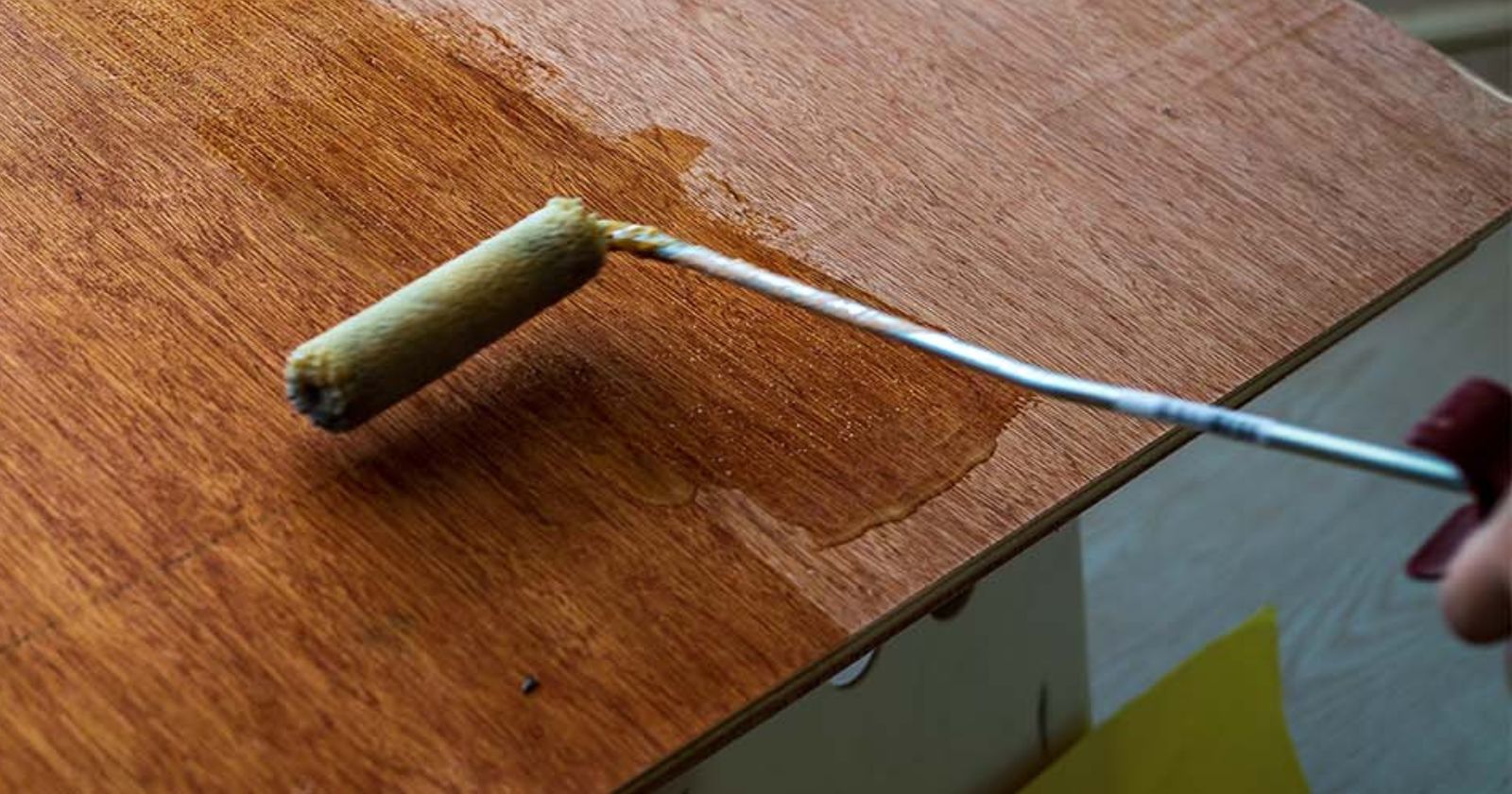

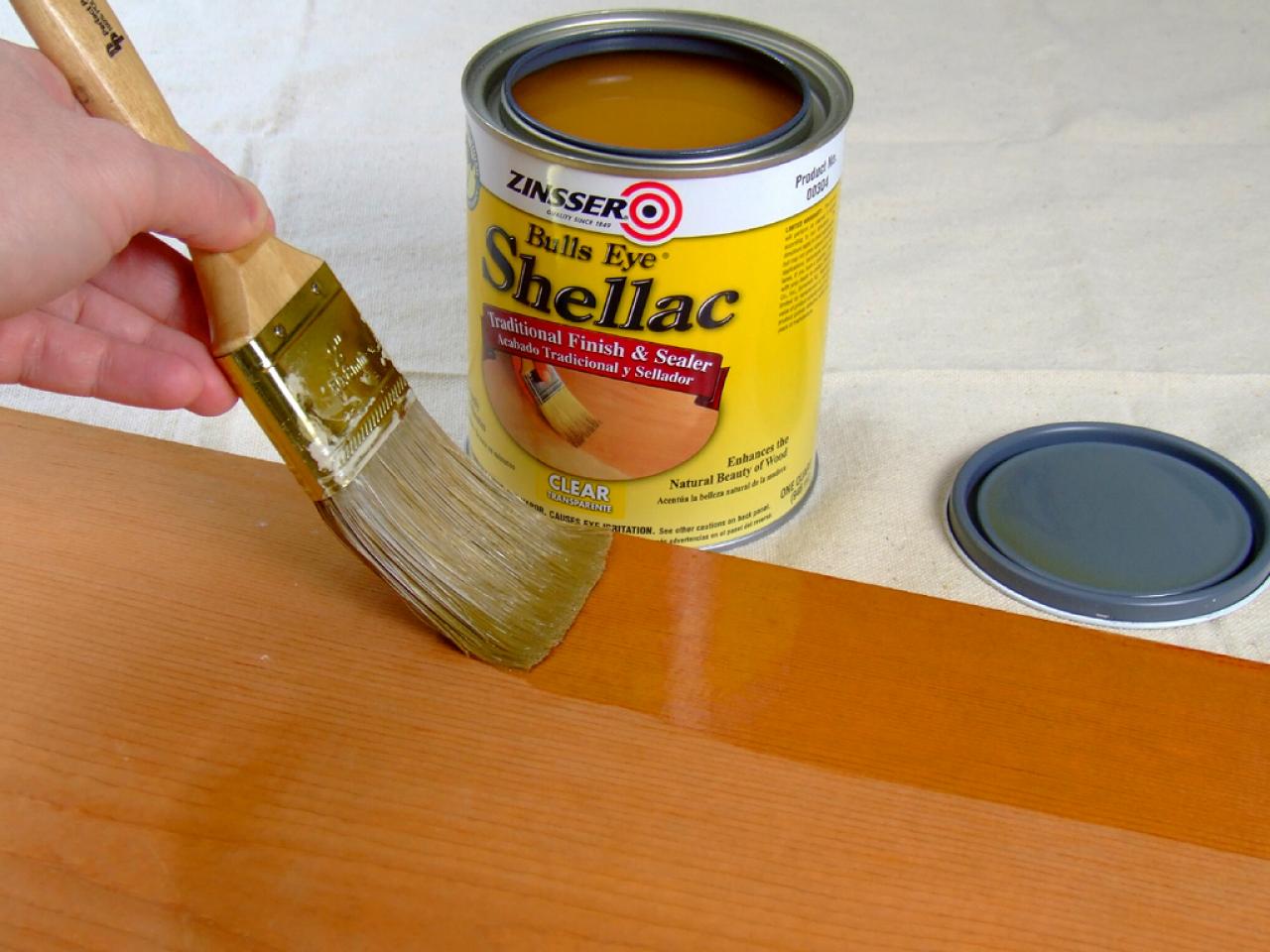
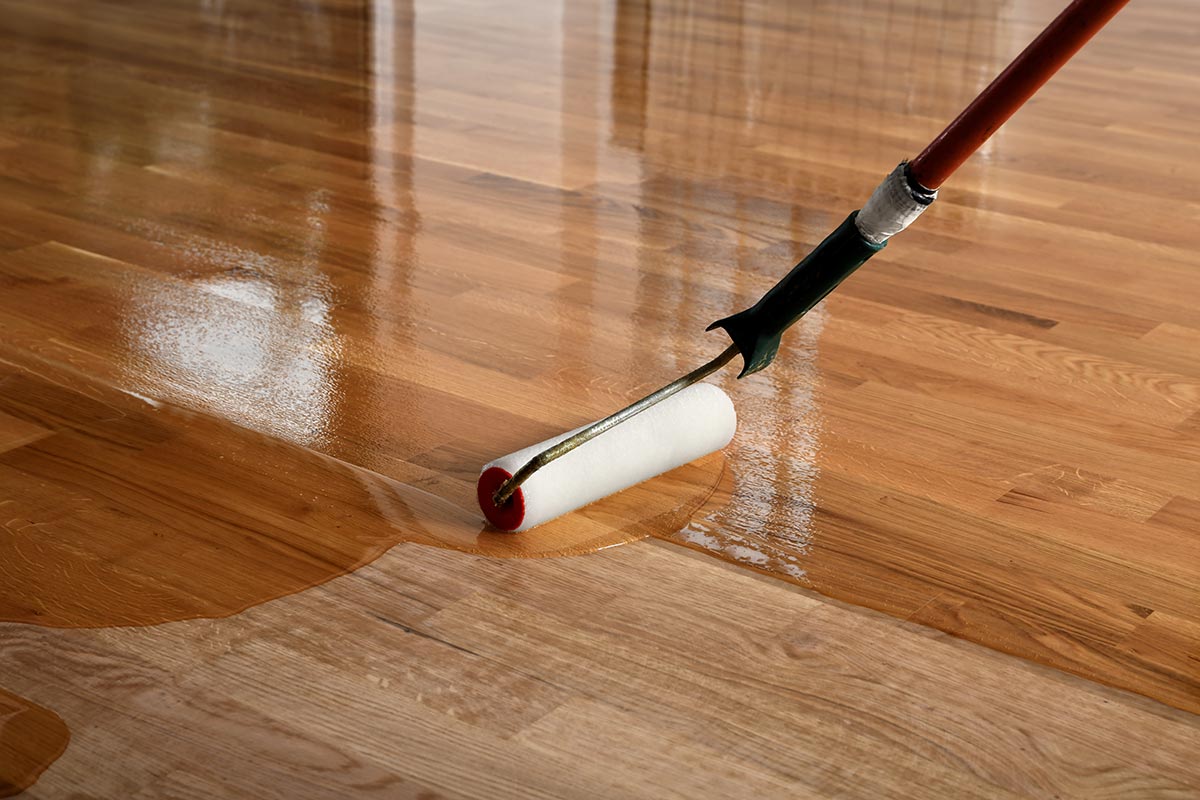
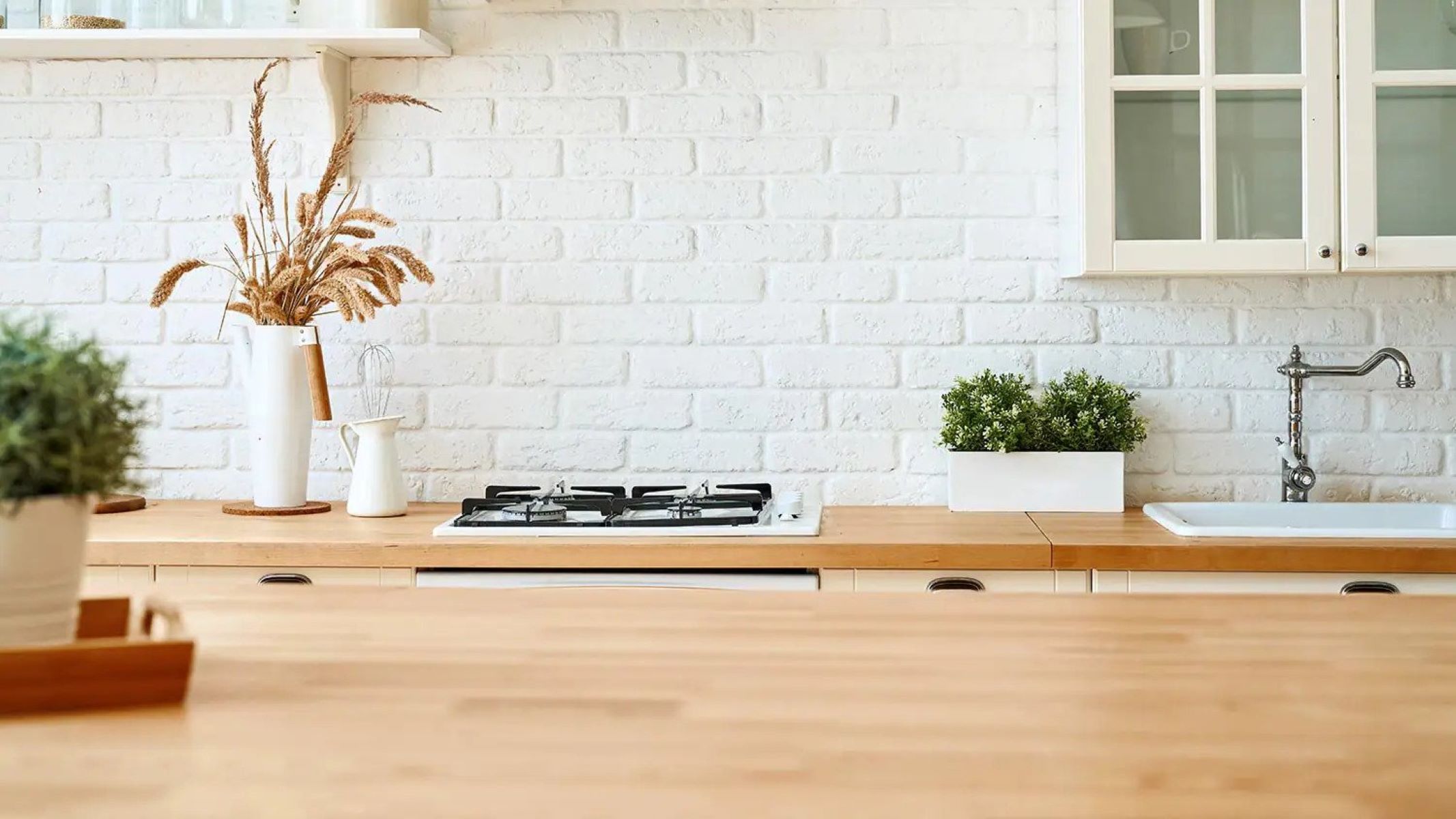
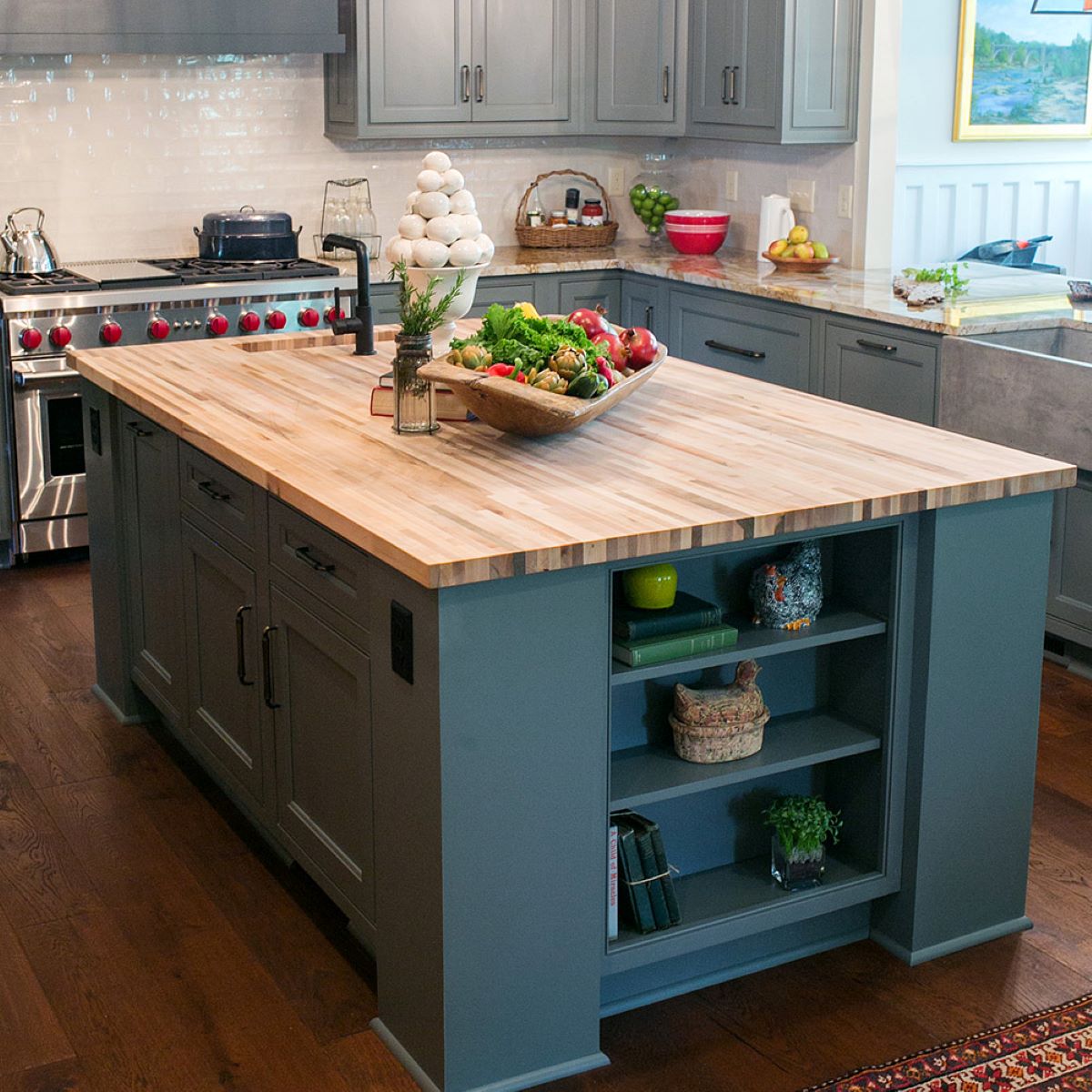
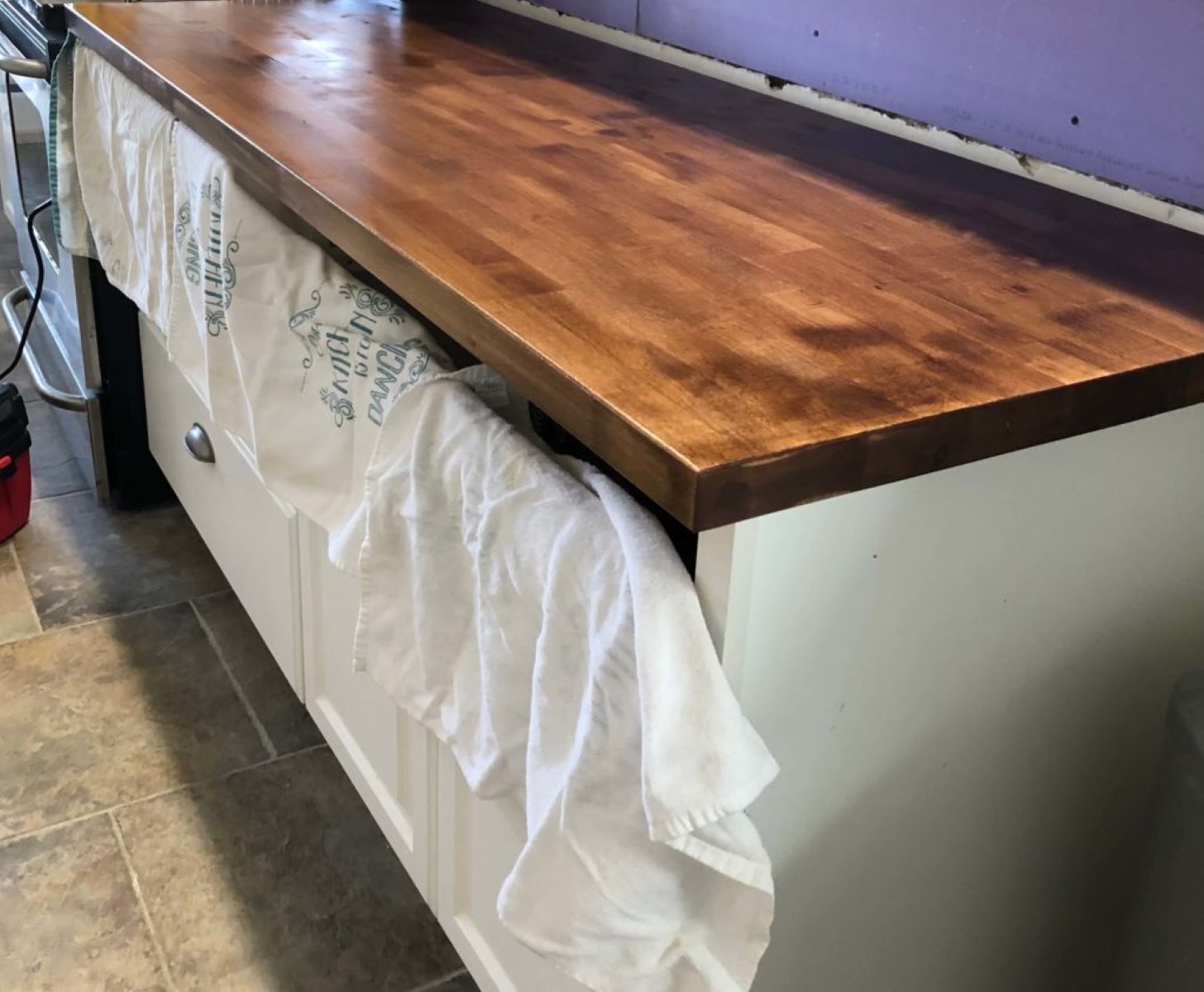


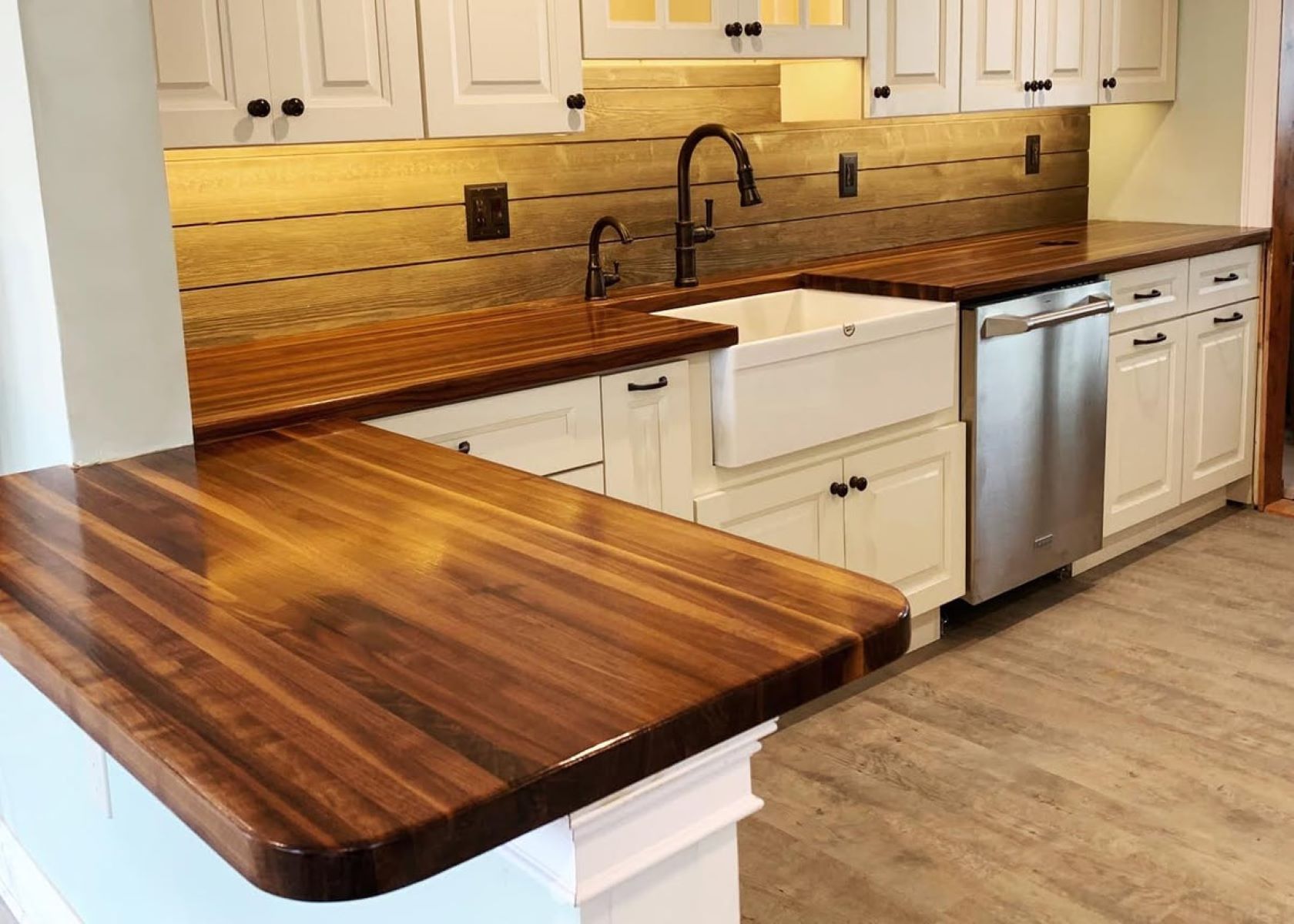

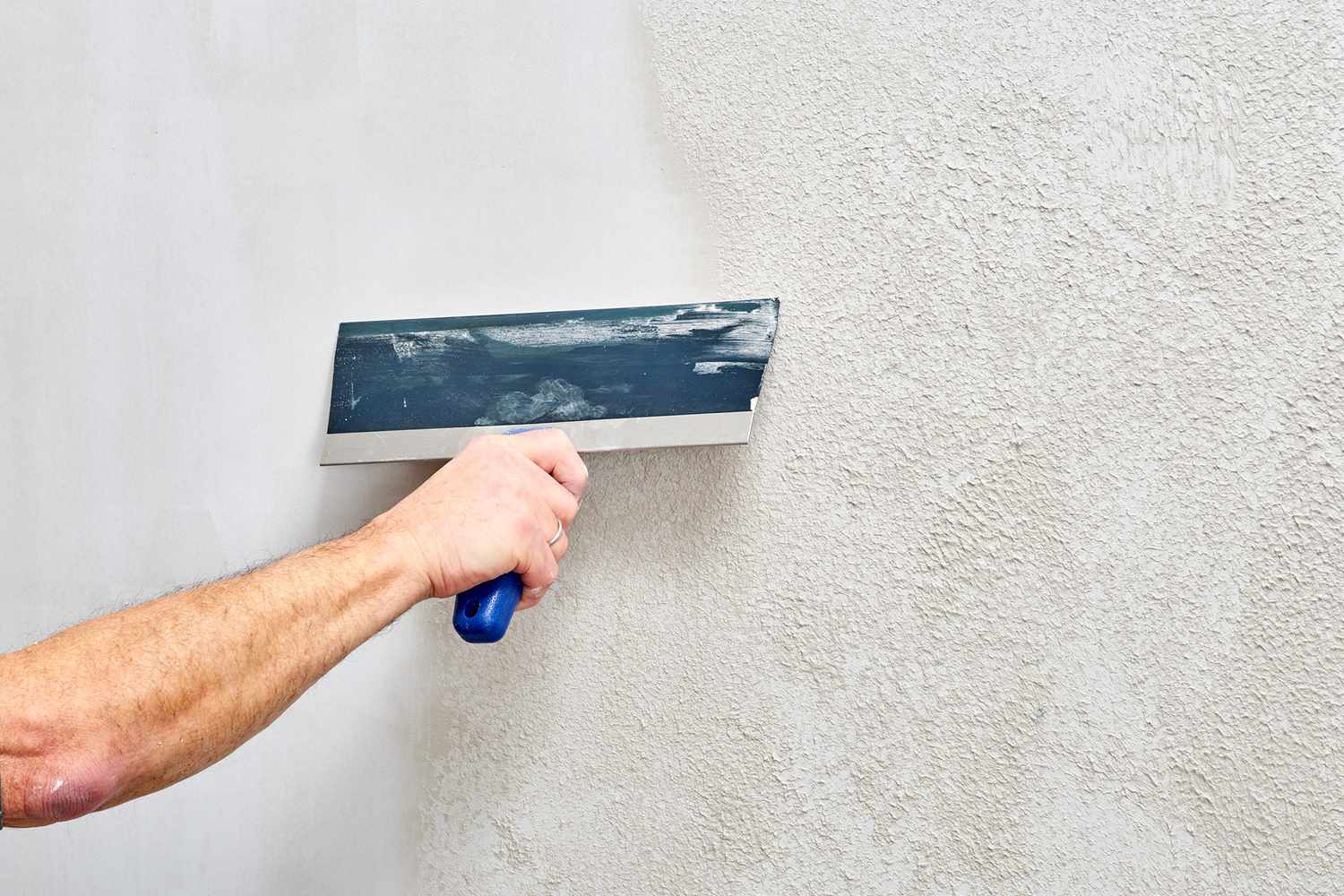
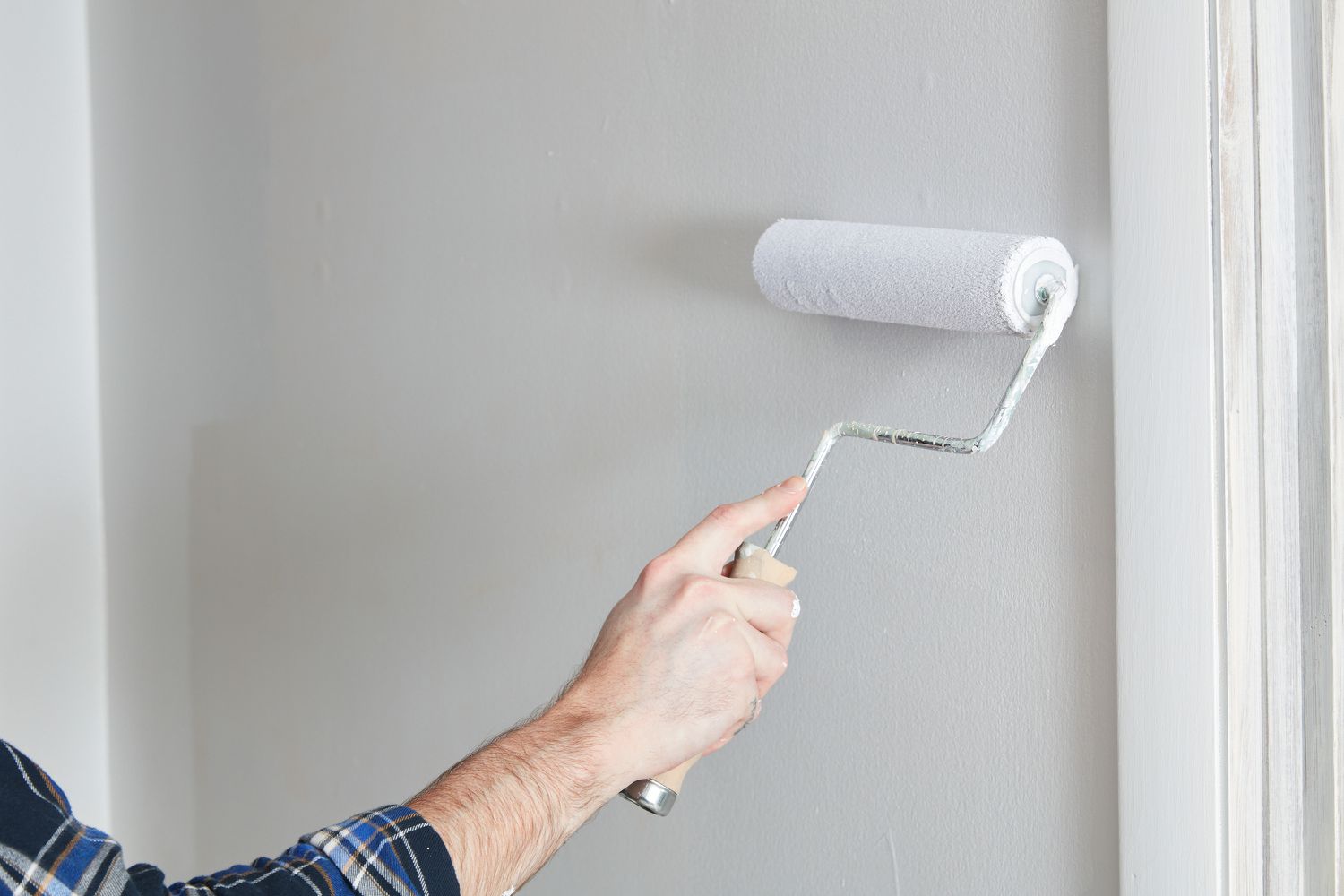
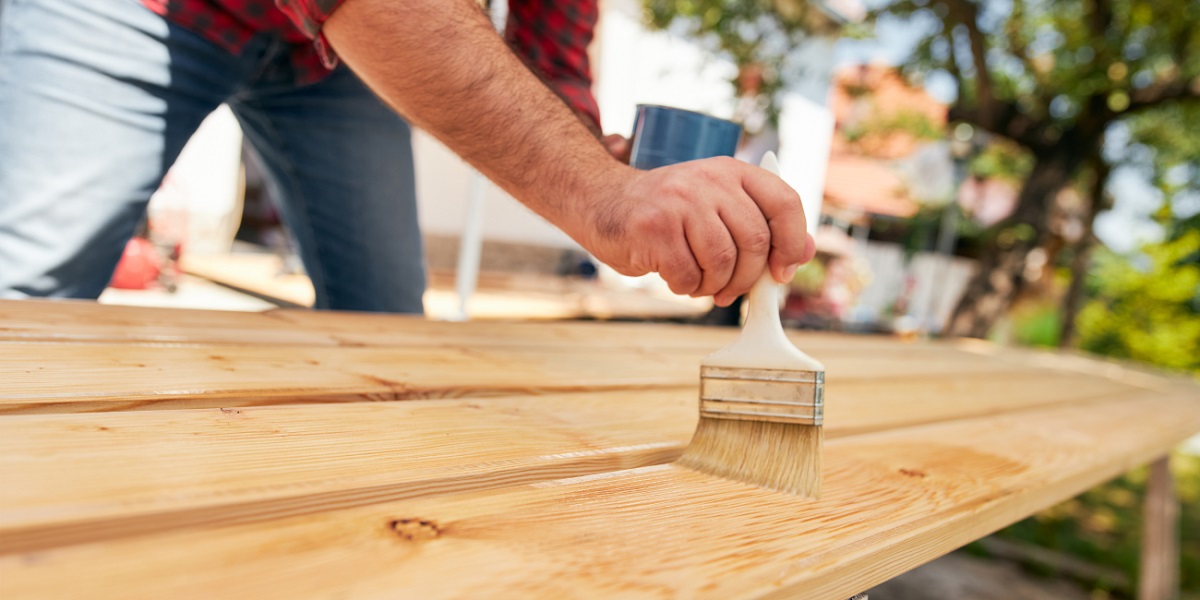

0 thoughts on “How Many Coats Of Polyurethane On Wood Countertops”